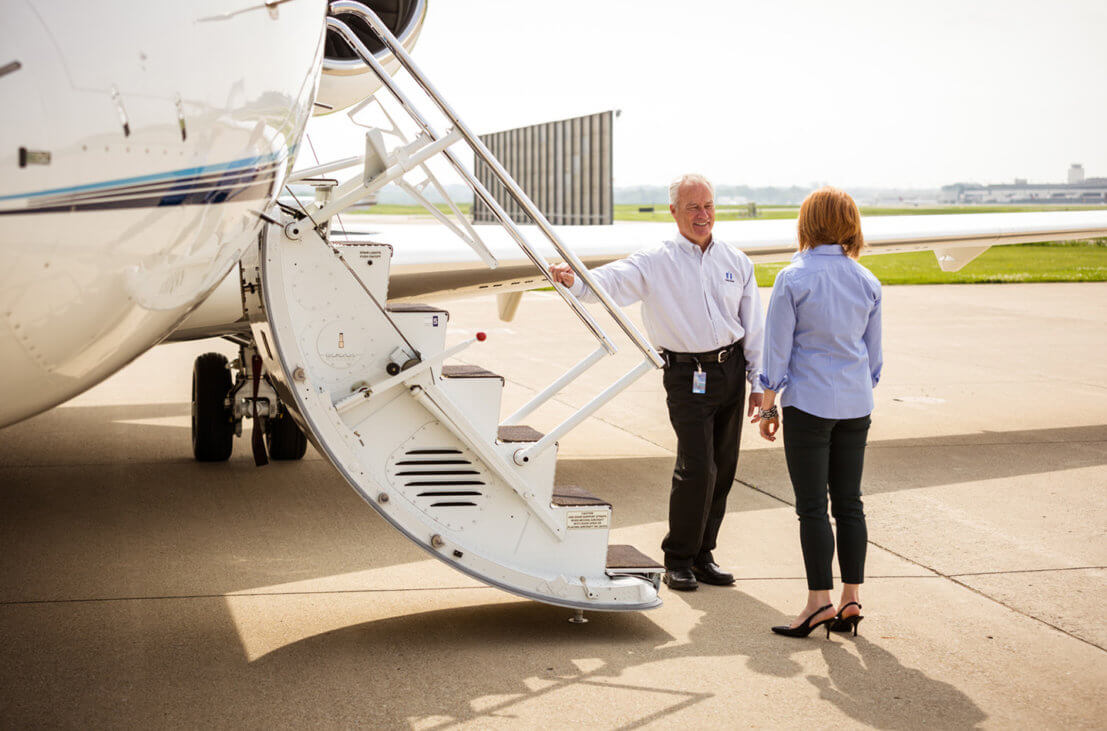
Jan. 25, 2024
More than 70 aviation professionals recently met for an engaging, interactive workshop, hosted by NBAA and the Aviation Insurance Association, to focus on the issues most important to today’s business aviation industry, including workforce challenges, safety concerns and ownership and leasing liabilities.
“Our goal in developing this new collaborative event was to allow insurance experts, operators and other industry professionals to share their perspectives on industry workforce trends, safety risks and leasing and ownership liabilities, while brainstorming solutions to some of today’s biggest challenges,” Brian Koester, CAM, NBAA director of flight operations and regulations, said of the 2024 AIA/NBAA Joint Safety Roundtable.
“The roundtable structure led to engaging discussions from professionals with a wide range of expertise in a setting that is uncommon in traditional conference or seminar settings,” he added.
The first breakout session focused on workforce trends. Attendees noted an increase in “second career” job candidates, or individuals leaving other industries to begin new careers in aviation, and discussed cultural differences between different generations, as retiring Part 121 pilots join younger business aviation pilots.
High turnover in all positions in the industry emphasizes the value of robust change management procedures to mitigate safety, operational and business risks. Attendees also discussed opportunities for developing new pilot talent, including the FAA’s Second-in-Command Professional Development Program (SIC-PDP), which offers unique opportunities for a pilot employed by a Part 135 air carrier to log SIC time during operations that do not require a second pilot.
The second session discussed training as a risk mitigation tool, with a focus on standardization in aviation training and the importance of “train as you fly, fly as you train” in mitigating risk.
Koester shared the current status of the FAA’s Standardized Curriculum initiative, which develops standardized training curriculum for Part 142 training centers to provide to Part 135 operators, a collaborative FAA/industry approach to developing quality, consistent training.
The final session focused on leasing and ownership liabilities. Attendees generally agreed that recent educational outreach efforts have been effective in mitigating inadvertent illegal charter activities but intentional noncompliance by bad actors remains ongoing.
Underwriters and other insurance experts shared “red flags” they use to evaluate policy applications and potentially identify illegal charter activity, but also emphasized how correctly implemented dry leasing and other cost-sharing or reimbursement models may be legitimate and effective tools.


 International Business Aviation Council Ltd.
International Business Aviation Council Ltd.